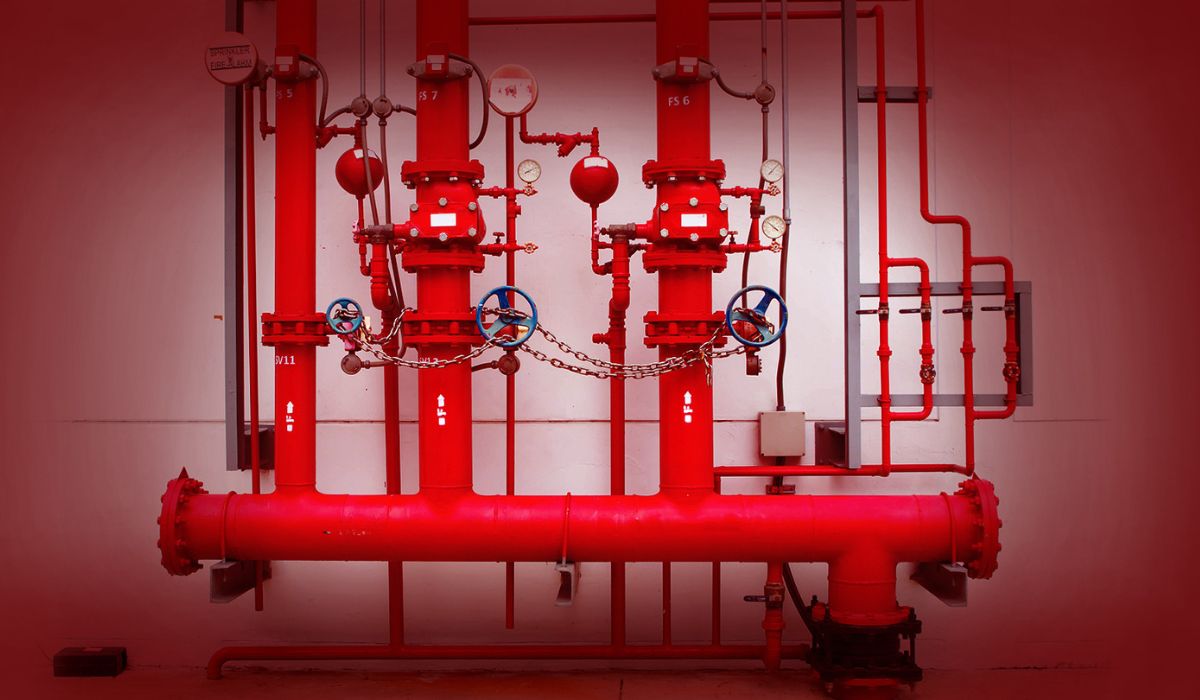An Antifreeze Loop Fire Sprinkler System prevents freezing in fire suppression systems. It ensures consistent sprinkler operation in cold environments.
Engineered for cold climates, this system is a crucial component in buildings where temperatures could hinder fire safety measures. Antifreeze solutions circulate within pipes, stopping the water from icing and maintaining the sprinkler’s functionality. This technology ensures that fire sprinklers are fully operational all year round, providing reliable fire protection to properties at risk of freezing temperatures.
Incorporating antifreeze into a fire sprinkler system allows for peace of mind, knowing that the extreme weather will not compromise safety and compliance with fire safety regulations. Safe and effective, these systems are a smart investment for building owners who prioritize safety and property protection.
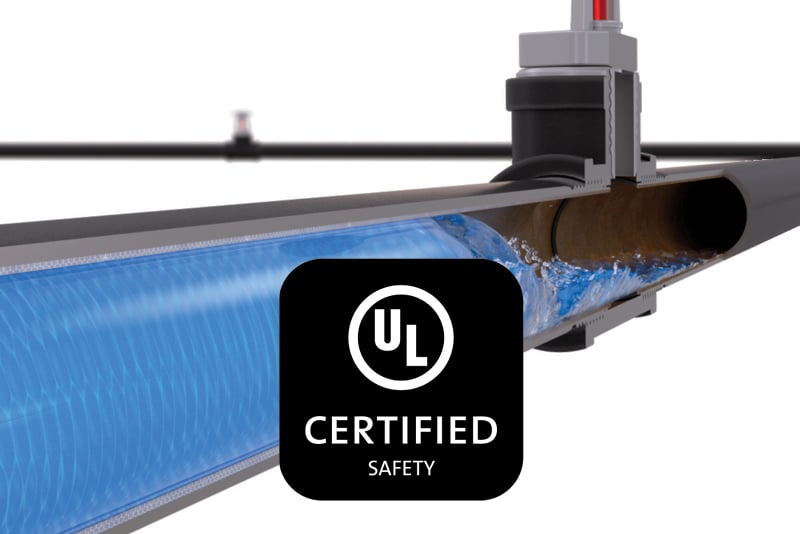
Credit: www.freezemaster.com
What Sets Antifreeze Loop Systems Apart
Antifreeze loop systems transform fire protection in challenging environments. These systems use a liquid-based solution to keep water from freezing. This is crucial in places where temperatures drop below freezing. They keep fire sprinkler systems operational 24/7, 365 days a year. Unique features and safety advantages make them ideal for certain buildings. Let’s explore what makes these systems stand out.
Unique Features
The core of the antifreeze loop system’s appeal lies in its innovative characteristics. With a specialized design, this system includes:
- Temperature Regulation: It prevents freezing in cold climates, ensuring constant readiness.
- Mixed Solution: A balance of water and antifreeze agent flows through the pipes, maintaining fluidity.
- Designed for Specific Areas: Perfect for unheated spaces like attics or storage units.
Safety Advantages
The antifreeze loop system not only stands out for its unique features but also its safety benefits. Among these are:
- Immediate Response: Systems operate despite the external temperature, providing fast fire suppression.
- Less Damage: The solution helps to minimize water damage in case of activation.
- Consistent Protection: It works year-round, which is essential in regions facing extreme winters.
Key Components Of An Antifreeze Loop System
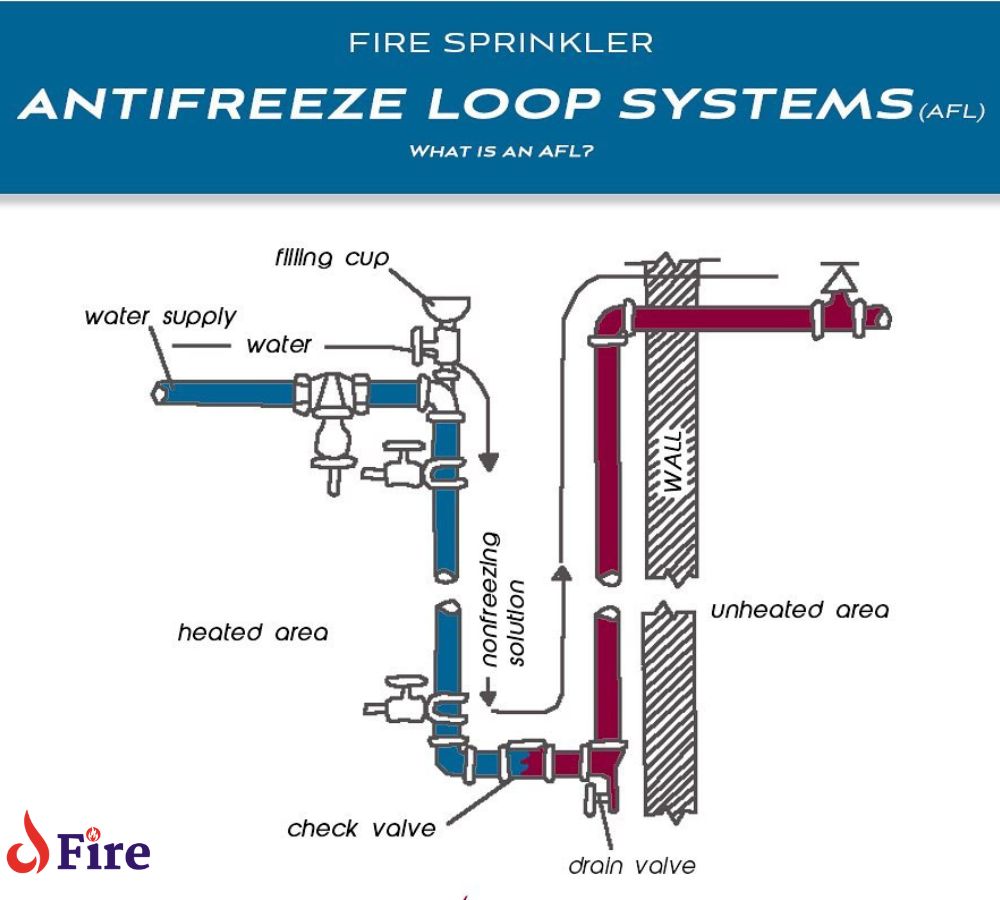
Protecting buildings from fire is crucial. An Antifreeze Loop Fire Sprinkler System plays a key role. This system needs certain key components to work properly. Let’s explore these components.
Piping And Valves
In any Antifreeze Loop System, pipes carry the antifreeze solution. The pipes must endure cold without bursting. Valves manage the water flow. They allow system maintenance without draining the system.
Antifreeze Solution
Antifreeze is vital for cold areas. It stops the water from freezing in the pipes. This solution needs regular checks to assure its effectiveness.
Sprinkler Heads
Sprinkler heads disperse water when a fire is detected. They come in different styles for various spaces. Proper installation ensures they activate during fires.
Choosing The Right Antifreeze Solution
For a fire sprinkler system to work effectively in freezing conditions, selecting the right antifreeze solution is critical. This fluid prevents the water inside the sprinkler pipes from freezing and causing pipe bursts or system failures. Understanding the different types of antifreeze and their concentration levels is key to ensuring the safety and efficiency of your fire sprinkler system. Let’s explore what options you have.
Types Of Antifreeze
Not all antifreeze is the same. Two common types are:
- Glycol-Based Antifreeze: Commonly used, it includes propylene and ethylene glycol.
- Factory Premixed Solutions: These are pre-measured to ensure precise concentration levels.
It’s essential to choose a non-toxic antifreeze if the system may accidentally come into contact with potable water.
Concentration Levels
The correct concentration level is dependent on your system’s specific needs and local regulations. Follow these guidelines:
| Climate Zone | Suggested Concentration |
|---|---|
| Cold Climates | Moderate to High |
| Mild Climates | Lower Concentration |
| Extreme Conditions | Consult Professional |
Always ensure the mixture meets the freezing point requirements and the manufacturer’s specifications.
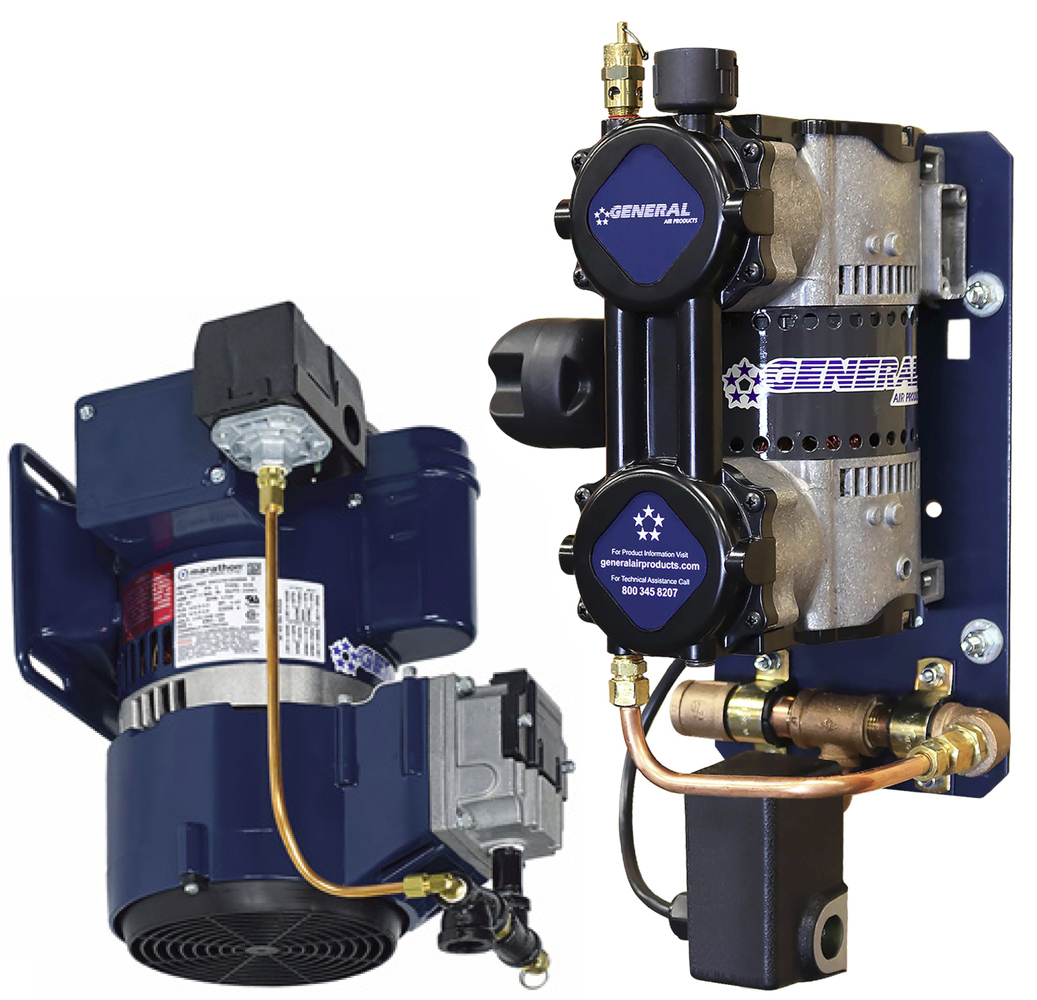
Credit: foxvalleyfire.com
Installation Process Simplified
Installing an Antifreeze Loop Fire Sprinkler System just got easier. We’ll break it down into simple steps. With our straightforward approach, your new safety upgrade is hassle-free.
Initial Setup
The first phase holds the key to a solid foundation. Prepare for a seamless installation:
- Select the location: Identify areas needing coverage.
- Gather tools and materials: Have everything at arm’s reach.
- Plan pipe routes: Ensure optimal layout for effectiveness.
Integration With Existing Fire Systems
Combine the new with the old effortlessly. Follow these tips to merge systems:
- Assess compatibility: Check current systems for adaptability.
- Update schematics: Reflect all changes on system blueprints.
- Test connections: Run trials to confirm reliable functionality.
Maintenance Must-do’s For Optimal Performance
Keeping your Antifreeze Loop Fire Sprinkler System in top shape is crucial. It protects buildings from fire. Your system needs routine care. This ensures it works when needed. There are key maintenance tasks to perform regularly. These tasks keep your system ready to fight fires.
Regular Inspection
Start with a professional inspection every year. This catches issues early. Inspections include checking for leaks and corrosion. Technicians also look at antifreeze concentration. They make sure it’s right for the system.
- Check control valves. They must be accessible and unblocked.
- Ensure devices respond to fire correctly.
- Verify pressure gauges work and show the right readings.
Antifreeze Replacement
Antifreeze doesn’t last forever. It degrades over time. You should replace it as advised by the manufacturer. Usually, this is every five years. Use the correct antifreeze type for your system to avoid damage.
- Drain old antifreeze.
- Clean the system.
- Refill with fresh antifreeze.
System Flushes
A system flush removes debris and sediment. This should happen before adding new antifreeze. A clean system means fewer blockages. Blockages can stop the sprinklers from working during a fire.
| Flush Step | Description |
|---|---|
| Close off area | Isolate the section you are flushing. |
| Drain system | Remove the old fluid completely. |
| Clean pipes | Run water through to clean out sediment. |
| Refill system | Add new antifreeze solution. |
Preventing Corrosion And System Deterioration
Preventing corrosion and system deterioration is essential to maintain the efficiency and longevity of antifreeze loop fire sprinkler systems. Over time, these systems can succumb to the damaging effects of rust and wear, compromising their reliability. Understanding the important role of materials and their protective coatings, alongside stringent water quality controls, can help mitigate these concerns.
Materials And Coatings
The choice of materials is critical for combating corrosion in fire sprinkler systems. Non-corrosive metals like stainless steel and galvanized steel offer robust solutions. These materials ensure a longer lifespan for the system components.
Coatings play a pivotal role in protection. Epoxy-based and enamel coatings applied to sprinkler pipes create a defensive barrier. This barrier shields against corrosion and the damaging impacts of water.
- Epoxy coating: Tough and durable; resists high temperatures.
- Enamel coating: Prevents rust; withstands wear and tear.
Water Quality Control
Managing water quality is vital to prevent system degradation. Contaminants in water can speed up the corrosion process significantly.
| Water Quality Parameter | Standard Value |
|---|---|
| pH Level | 6.5 – 7.5 |
| Hardness | Less than 120 mg/L |
| Iron Content | Less than 0.3 mg/L |
Regular testing ensures these standards are met. If water fails these tests, treatment is necessary. This may include filtration and chemical additives that neutralize harmful elements.
- Conduct routine pH and hardness checks.
- Filter out iron and other minerals.
- Add inhibitors to curb corrosive activity.
Handling Freeze And Thaw Cycles
Handling freeze and thaw cycles is a pivotal aspect of maintaining an Antifreeze Loop Fire Sprinkler System. Extreme temperatures can affect a sprinkler system’s integrity. Knowing how to manage these cycles ensures the system remains functional and reliable all year round.
Temperature Monitoring
Constant vigilance over temperature changes is key to preventing damage. Proper temperature monitoring can alert maintenance staff before freezing occurs. This ensures timely action to protect the system.
- Digital thermometers offer real-time data
- Thermal imaging helps spot at-risk pipes
- Sensors send alerts if temperatures drop too low
Automated Controls
Automated controls take immediate action against freezing risks. They adjust the antifreeze mix and activate heating elements automatically. This helps maintain optimal temperatures throughout the system.
| Control Feature | Function |
|---|---|
| Heating Cables | Warm pipes in cold areas |
| Mixing Valves | Adjust antifreeze concentration |
| Automated Pumps | Circulate antifreeze solution |
Smart systems track weather forecasts to prepare for cold waves. They also run self-diagnostic checks to ensure all components function correctly.
Together, temperature monitoring and automated controls make Antifreeze Loop Fire Sprinkler Systems resilient. They stand strong against harsh winter conditions, protecting your establishment from fire hazards.
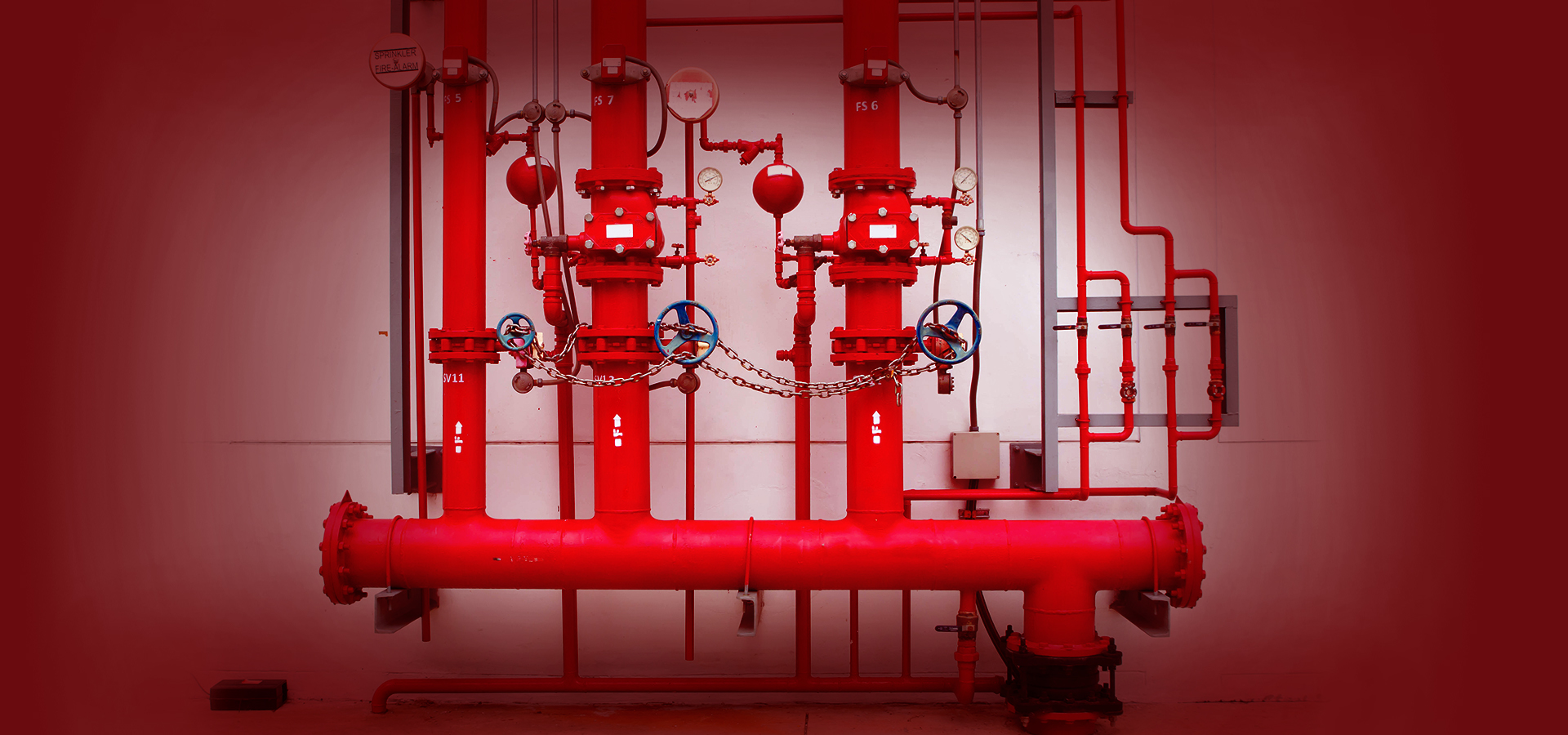
Legal And Compliance Standards
Ensuring a building’s safety includes adhering to Legal and Compliance Standards for fire suppression systems. Fire sprinklers play a crucial role in this framework. Specifically, the Antifreeze Loop Fire Sprinkler System must meet stringent requirements to operate effectively and legally. Let’s explore the building codes and safety certifications for these systems.
Building Codes
Building codes are essential for the safety of structures and their occupants. They dictate the design, installation, and maintenance of antifreeze loop fire sprinkler systems. Compliance with these codes is mandatory. National and local regulations, such as the NFPA 25, often lay out these rules.
- International Building Code (IBC): Applies to all commercial buildings.
- International Residential Code (IRC): Focuses on one- and two-family dwellings and townhouses.
- Local amendments: Address specific regional needs and make the safety protocols more robust.
These standards ensure that antifreeze systems perform reliably during a fire, reducing risks for both life and property.
Safety Certifications
Safety certifications are vital endorsements for antifreeze loop fire sprinkler systems. They verify the system’s quality and reliability. Important certifications to look for include those from Underwriters Laboratories (UL) and the Factory Mutual (FM) Global Approval.
| Certification Body | Scope | Benefit |
|---|---|---|
| UL | Product safety testing and certification | Confirms system safety and functionality |
| FM Approvals | Property loss prevention product testing and certification | Assures effectiveness in preventing property damage. |
Securing these credentials confirms a system’s adherence to the highest safety standards. They serve as a green light for system installation and usage. Without these approvals, an antifreeze fire sprinkler system may not only be unreliable but also legally non-compliant, leading to penalties or denials in insurance claims.
When To Upgrade Or Replace
Keeping a fire sprinkler system up to date is crucial for safety in any building. Knowing when to upgrade or replace an Antifreeze Loop Fire Sprinkler System is key. Let’s explore the life expectancy of these systems and the signs that indicate failure.
Life Expectancy Of Systems
Like most equipment, an Antifreeze Loop Fire Sprinkler System has a finite service life. Usually, a properly maintained system can last around 20 to 25 years. However, numerous factors can affect this lifespan:
- Quality of the system components
- Consistency of routine maintenance
- Changes in building codes or regulations
An upgrade might be due sooner if the building’s use changes or if advancements in sprinkler technology offer improved safety features.
Signs Of System Failure
A fire sprinkler system gives off several warning signs when it’s failing. It’s time to consider a replacement if you notice any of the following:
| Signs of Trouble | What it Means |
|---|---|
| Visible Rust or Corrosion | Water damage or pipe deterioration. |
| Leaks or Discharge of Fluid | Seal or valve problems, which could hinder function. |
| Frequent False Alarms | Sensor issues or system sensitivity needs adjustment. |
| Inconsistent Water Pressure | Potential blockage or pump failure. |
Regular inspections help spot these signs early. A licensed professional can advise whether you repair or replace components or the entire system.
Modern Innovations In Fire Suppression
Antifreeze Loop Fire Sprinkler Systems represent a leap in fire safety. They prevent water in the pipes from freezing. This is vital in cold areas. Technological advances have made these systems more reliable and efficient. Let’s explore the cutting-edge changes shaping this field.
Emerging Technologies
Fire suppression has embraced new technologies. These improve safety and response times. Sensors and smart controls now integrate with sprinkler systems. They detect fire with amazing speed. Materials in pipes stop corrosion and prevent pipe bursts. Here’s a look at some noteworthy technologies:
- Automated Sensors: Quick to detect heat and smoke.
- Smart Sprinkler Controls: Adjust water flow as needed.
- Low Freeze Point Fluids: Antifreeze solutions work at lower temperatures.
- Corrosion-Resistant Piping: Longer lifespan for sprinkler systems.
Sustainable Practices
Sustainability is crucial in system design. Advanced sprinkler systems use materials and practices that protect the planet. They achieve this without compromising on safety. Examples include:
- Eco-Friendly Antifreeze: Less toxic chemicals.
- Recycled Water Systems: Use less fresh water.
- Waste-Reducing Installation: Minimizes environmental impact.
These innovations ensure fire suppression systems not only protect properties but also our Earth. Look for the ‘green’ in your fire safety plan!
Case Studies: Real-world Applications
Imagine living in a home or working in a building where safety comes with invisible, yet strong, guardians. These guardians are the Antifreeze Loop Fire Sprinkler Systems. They stand on guard, ready to douse flames with a freeze-proof solution. Let’s explore real stories where these systems proved their worth.
Residential Success Stories
Family Home in Michigan Safeguarded Against Winter Blazes
- Date: January 2021
- Location: Grand Rapids, MI
- Outcome: Zero fire damage during an intense cold snap.
- Date: December 2019
- Location: Aspen, CO
- Outcome: Family Christmas saved from accidental fire.
- Date: October 2020
- Location: San Francisco, CA
- Outcome: Preserved heritage property from flames.
Commercial Installations
| Year | Building Type | Location | Result |
|---|---|---|---|
| 2018 | Shopping Center | Minneapolis, MN | Shops run smoothly after kitchen outbreak. |
| 2020 | Hotel Complex | Buffalo, NY | Guests unharmed by hallway fire. |
| 2022 | Office Tower | Chicago, IL | Business operations continued after small fire. |
- Year installed: 2017
- School level: High School
- Location: Denver, CO
- Effectiveness: Fire extinguished in chemistry lab; no injuries.
Prepare For The Worst: Emergency Actions
Even the most advanced antifreeze loop fire sprinkler systems require emergency protocols. Being ready for unexpected situations can save lives. This guide covers vital actions to take when an emergency arises.
Manual Intervention Protocols
Quick manual actions can be crucial. Know these steps:
- Identify the source of fire.
- Activate the fire alarm system.
- Assist in the system’s manual operation, if safe.
Always contact emergency services immediately. Crews should follow safety protocols when intervening manually.
Evacuation Strategies
Safe escape saves lives. Ensure these strategies are in place:
- Clear escape routes in all plans.
- Practice evacuations frequently.
- Place emergency exits signs clearly.
Every individual should be familiar with multiple exit paths. Regular drills and clear signage are vital.
| Service | Contact |
|---|---|
| Fire Department | 911 |
| Medical Services | 911 |
| Building Security | Insert Number Here |
Frequently Asked Questions For Antifreeze Loop Fire Sprinkler System
What Is The Antifreeze Loop For Fire Sprinklers?
The antifreeze loop for fire sprinklers prevents water in the system from freezing in cold environments, ensuring consistent operational capability.
Can You Put Antifreeze In A Sprinkler System?
Yes, you can add antifreeze to a sprinkler system to prevent freezing, but consult a professional for the correct type and safe usage.
How Long Does Antifreeze Last In A Fire Sprinkler System?
Antifreeze in fire sprinkler systems typically requires replacement every 5 years. Regular maintenance checks are essential to ensure effectiveness.
How Do I Keep My Fire Sprinkler System From Freezing?
Keep your fire sprinkler system from freezing by maintaining a consistent temperature above 40 degrees Fahrenheit in all areas with sprinkler pipes. Insulate exposed pipes, routinely inspect for leaks, and promptly repair insulation failures. Consider antifreeze solutions for systems where consistent heating isn’t possible.
Conclusion
Fire safety is paramount, and an Antifreeze Loop Fire Sprinkler System offers reliable protection. This innovative solution ensures your property remains safeguarded even in frigid temperatures. Embrace the security and peace of mind it provides. Make the smart choice for a safer tomorrow.
Secure your premises with this advanced fire defense today.

I’m Abdus Sobur, a highly skilled and professional Fire Safety Officer with a passion for safeguarding lives and property. Over the course of my career, I’ve conducted numerous successful fire safety audits, earning a reputation for excellence in ensuring public safety.
In addition to my role as a Fire Safety Officer, I’m also dedicated to raising awareness about the importance of fire safety. Through my blog, I share insights into the functions of different fire safety equipment, aiming to empower individuals with the knowledge they need to protect themselves and their communities.
I’m driven by a deep commitment to promoting fire safety awareness and preventing fire-related incidents.

